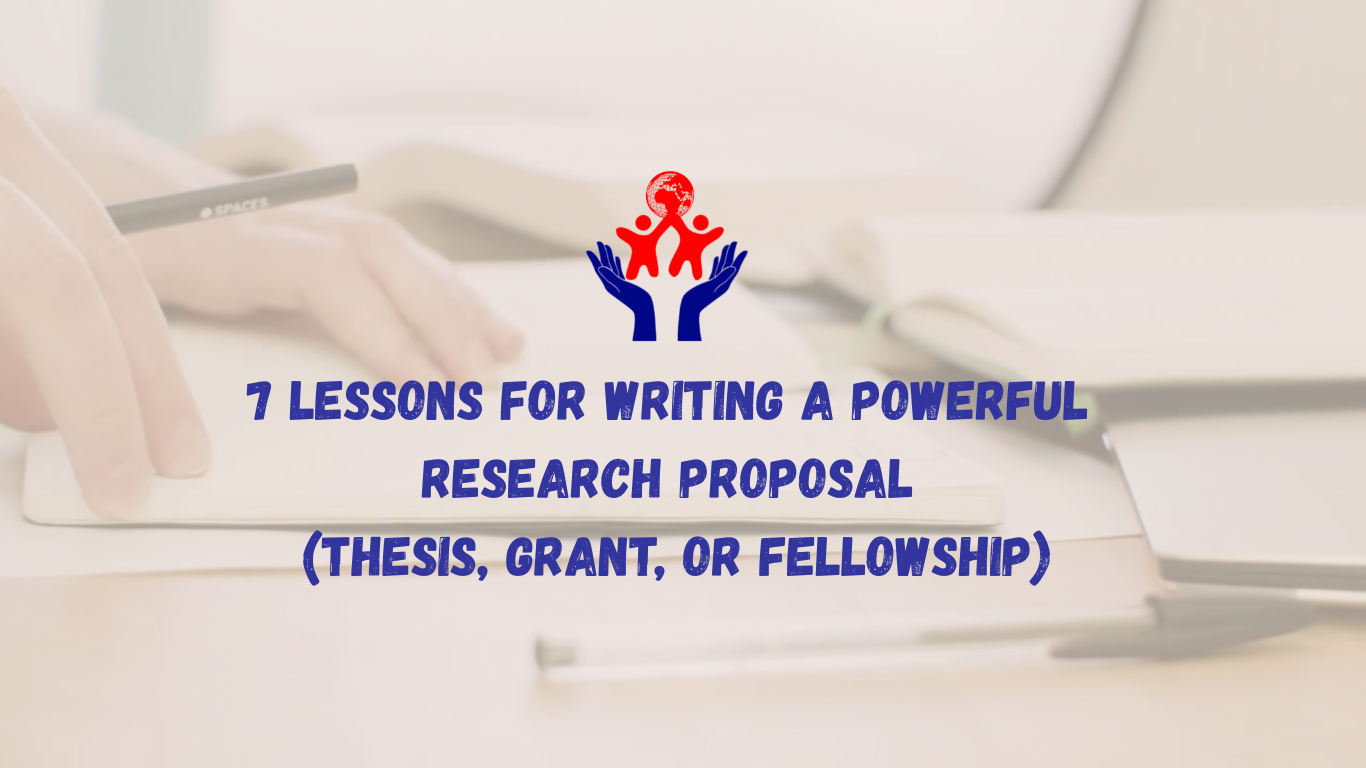Whether you’re preparing a research proposal for a thesis, a fellowship, or a competitive grant application, your success hinges not just on a great idea—but on how convincingly you present it. Writing a compelling research proposal is both an art and a science. Here are 7 non-negotiable lessons that will elevate your proposal from average to outstanding.
1. Start with the Structure, Not the Sentences
Before writing a single word, ask yourself:
- What type of research are you proposing?
- Who is your target audience (funding bodies, supervisors, or ethics boards)?
- What logical flow will your readers expect?
Use structured frameworks like SHARP (Structured, Holistic Approach to Research Proposals) to guide your outline. A solid structure ensures clarity, flow, and coherence—before the writing even begins.
2. Your Introduction Is Not a Dump of Definitions
One of the biggest proposal mistakes? Starting with textbook definitions.
Instead:
- Establish why your topic matters today.
- Briefly highlight the current state of knowledge.
- Identify the gap in research or the pressing problem.
- Clearly state your research objectives and hypotheses.
💡 Tip: Use a Fact–Hypothesis Matrix (FaHM) to demonstrate depth and alignment between known facts and your research questions.
Your goal? Justify why this research needs to happen now—and why you’re the right person to do it.
3. Your Methodology Is Your Credibility
Vague plans kill proposals. Detail is king.
Make sure to include:
- Study design (quantitative, qualitative, mixed)
- Target population/sample
- Variable–Indicator–Method (VIM) Matrix
- Instruments/tools
- Measurement & statistical methods
- Ethical considerations
Your methods section should be so transparent and thorough that any peer could replicate your study.
4. Operational Planning Shows You’re Serious
Show reviewers you’re more than a visionary—you’re a planner.
Include:
- A realistic schedule (use Gantt charts if applicable)
- Defined human resources (who will do what)
- A complete list of equipment & materials
- A budget that’s realistic, justified, and detailed
This section reassures funders and supervisors that you can execute what you propose.
5. Your Proposal Isn’t Complete Without Appendices
Supportive documents enhance your credibility.
Include:
- Draft questionnaires or data collection tools
- Key references that back your approach
- Your academic CV
- Letters of institutional support or collaboration
These appendices reduce doubts and reinforce your preparation.
6. Write for Reviewers, Not Just Yourself
Keep these essentials in mind:
- Be concise, yet comprehensive
- Use headings, subheadings, and bullet points
- Define terms once, don’t repeat
- Avoid unnecessary jargon
- Stick to all formatting rules and word limits
Reviewers have limited time. Clarity and structure are your secret weapons.
7. Your Abstract Is the First—and Often Only—Test
Craft a powerful abstract that:
- States the problem
- Clarifies your objective
- Summarizes your methods
- Hints at the impact
🔍 If your abstract doesn’t catch attention, your full proposal may never get the spotlight it deserves.

Download the PDF Guide here for more updates.
Final Thoughts: Writing to Be Taken Seriously
Doing impactful research is crucial, but convincing others to support it is a skill of its own. Writing research proposals is where that skill is honed.
If you’re working on your first research proposal, bookmark this guide.
If you’re a mentor or supervisor, share it with your students.
Because ultimately, you’re not just writing for approval—
You’re writing to be taken seriously.






